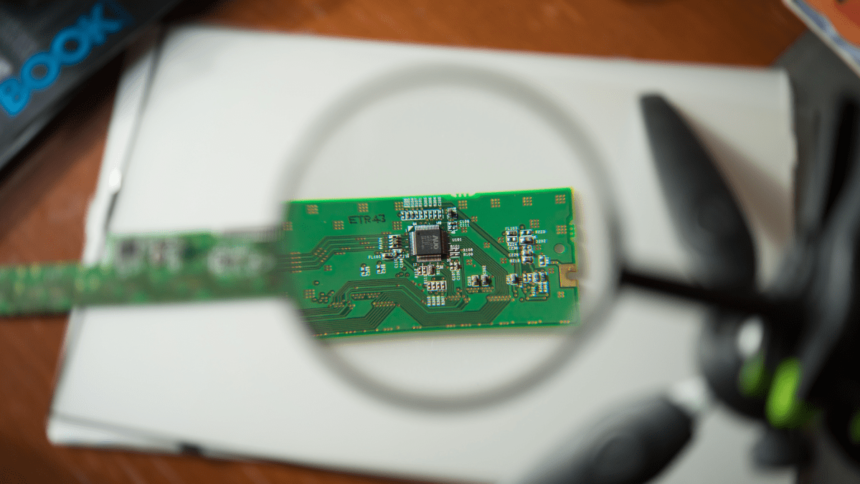In today’s fast-paced business landscape, innovation and product development are vital for staying competitive and meeting customer demands. Creating and testing an electronic prototype is a crucial step in the product development process, allowing businesses to validate their ideas, identify potential issues, and fine-tune their designs before moving on to full-scale production. Here are the steps for creating and testing an electronic prototype for your business.
Step 1: Define Your Product Concept
Before diving into the prototyping phase, clearly define your product concept. Understand your target market, their needs, and pain points. Establish your electronic prototype’s core features and functionalities to address those needs effectively.
Step 2: Conduct Market Research
Research the existing market to identify similar products and potential competitors. Analyze their strengths and weaknesses to identify opportunities for differentiation. This research will provide valuable insights into market trends, pricing, and potential challenges you may encounter.
Step 3: Design Your Electronic Prototype
Once you have a clear product concept, it’s time to design your electronic prototype. Consider the following aspects:
- Circuit Design: Create a detailed circuit diagram using computer-aided design (CAD) software. Ensure your circuit meets the required specifications and functionalities.
- Component Selection: Choose the right components for your prototype, considering factors like performance, compatibility, availability, and cost. Decide if you need to buy transistor parts or whether you have enough in your inventory.
- PCB Layout: Design a custom Printed Circuit Board (PCB) or use pre-designed modules to implement your circuit in a compact and efficient manner.
- Enclosure Design: If your prototype requires an enclosure, design one that accommodates the components and provides proper protection and user interaction.
Step 4: Build the Electronic Prototype
It’s time to build the physical prototype with the design in place. This involves soldering components onto the PCB, assembling the electronic parts, and integrating the enclosure if needed. Pay close attention to detail and follow best practices to ensure a reliable and functional prototype.
Step 5: Test and Validate
Testing is a critical phase in the prototyping process. Here are some testing steps to follow:
- Functionality Testing: Verify that all the intended features and functionalities work as expected. Test each component and interaction to ensure proper operation.
- Performance Testing: Assess the performance of your electronic prototype under different conditions and scenarios. Measure key parameters like power consumption, speed, and accuracy.
- Durability Testing: Subject your prototype to stress tests to evaluate its durability and reliability. Assess how it performs under prolonged use and potential environmental factors.
- User Testing: If feasible, gather feedback from potential users or stakeholders. This will help you understand user preferences, identify usability issues, and gather valuable insights for improvements.
Step 6: Iterate and Refine
Based on the test results and user feedback, make necessary iterations and refinements to your electronic prototype. This iterative process is essential for optimizing your product design and enhancing its performance and usability.
Step 7: Prepare for Production
Once you have a well-tested and refined electronic prototype, it’s time to prepare for production. This involves finalizing the design, sourcing components in bulk, setting up manufacturing processes, and establishing quality control measures.
Final Thoughts
Creating and testing an electronic prototype for your business is a crucial step in the product development journey. It enables you to validate your ideas, identify potential issues, and make necessary improvements before investing in large-scale production. By following the steps outlined in this article, you can navigate the prototyping process effectively and increase the chances of bringing a successful and innovative electronic product to market. Remember, thorough testing and iteration are key to creating a high-quality and market-ready electronic prototype for your business.










